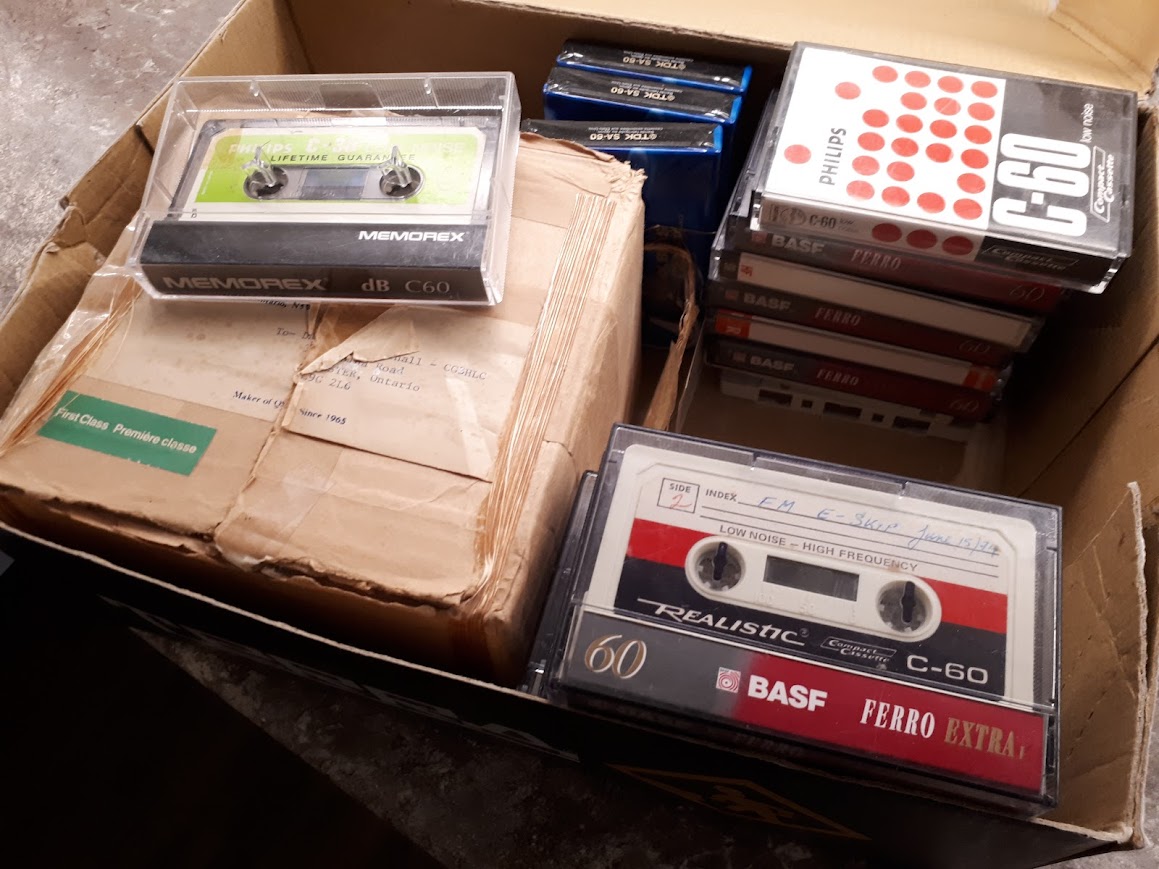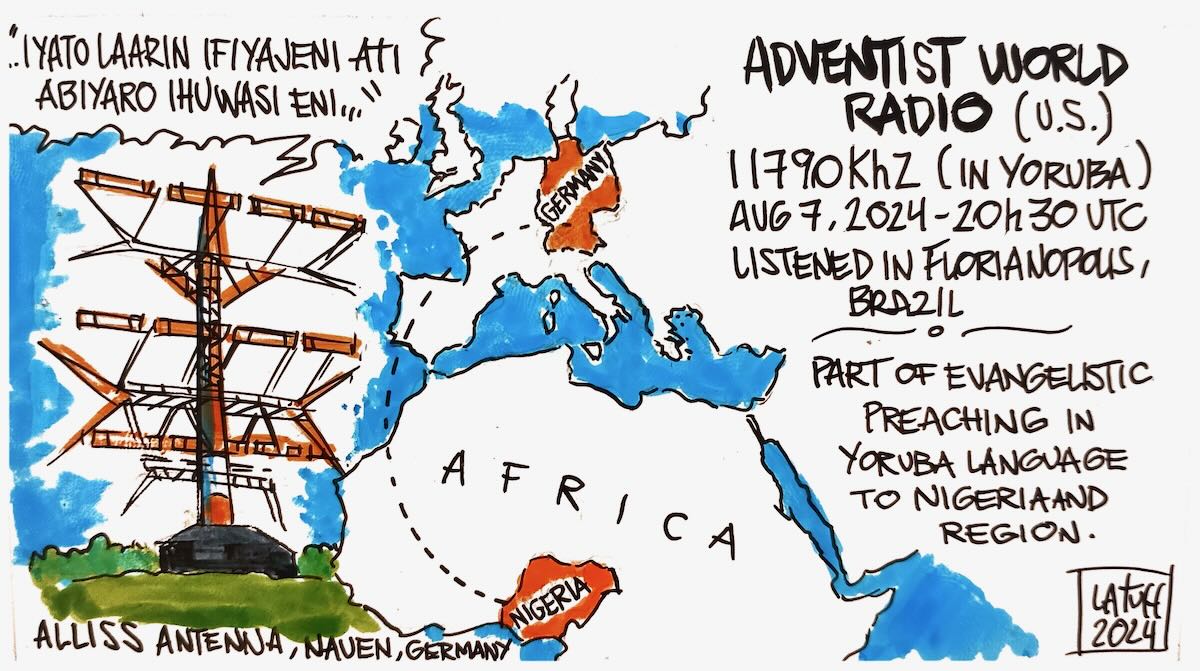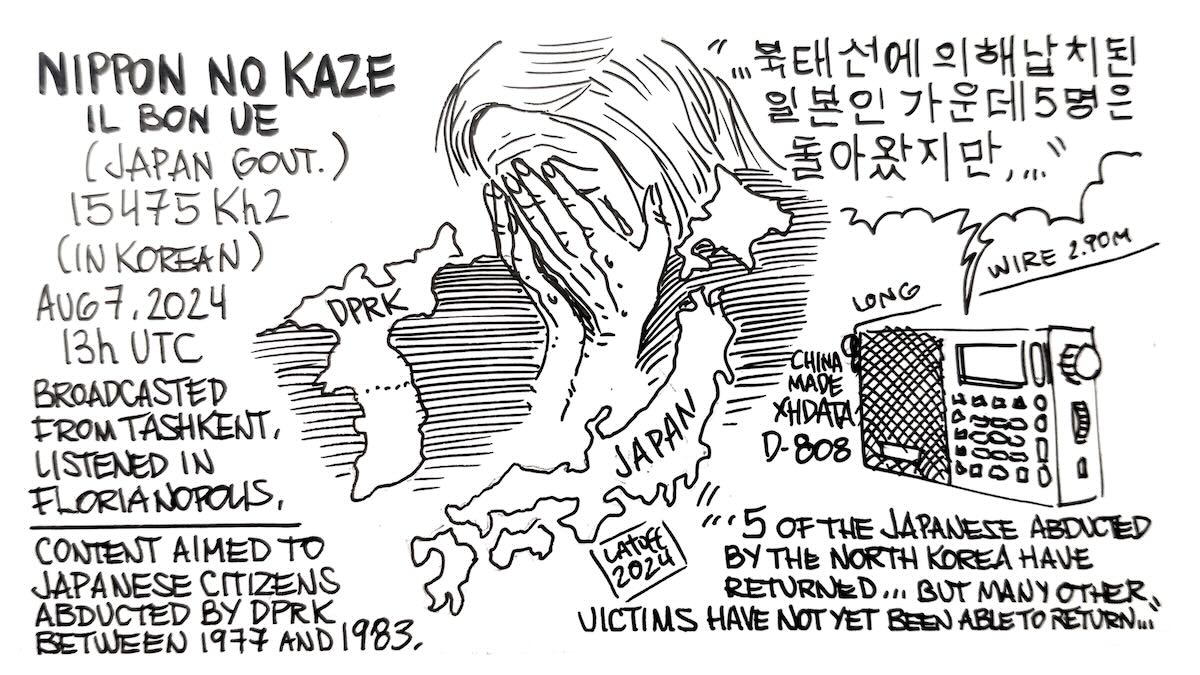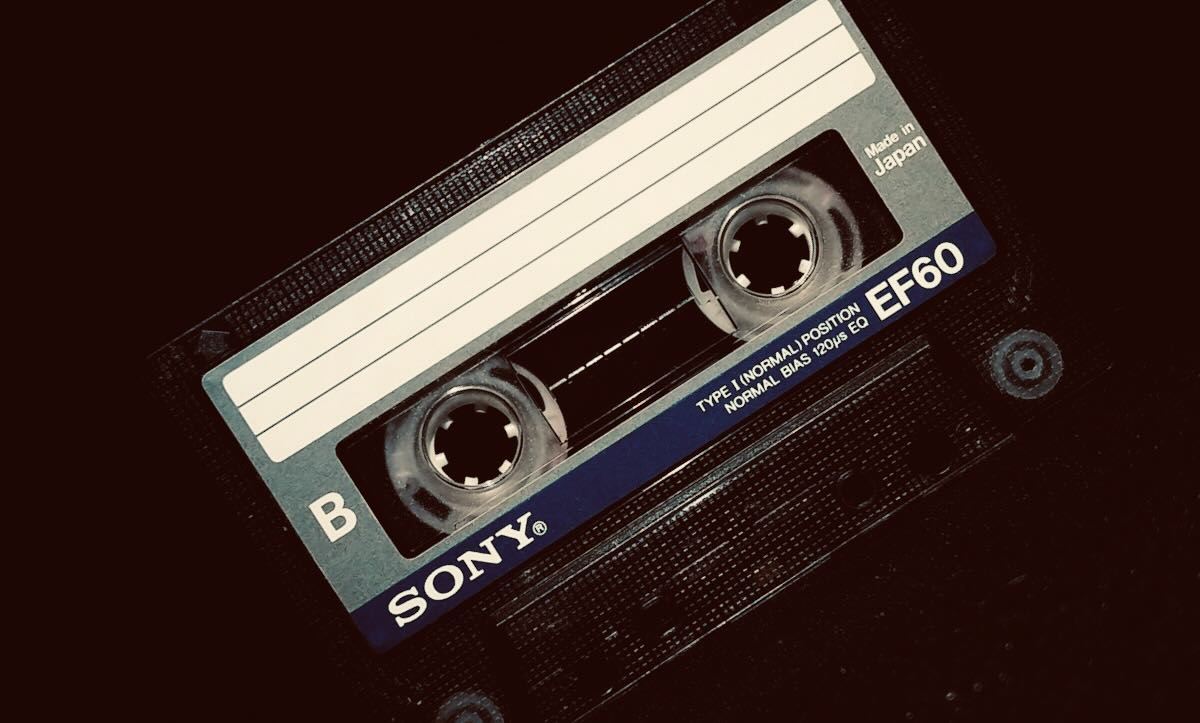Many thanks to SWLing Post contributor Carlos Latuff, who shares the following guest post:
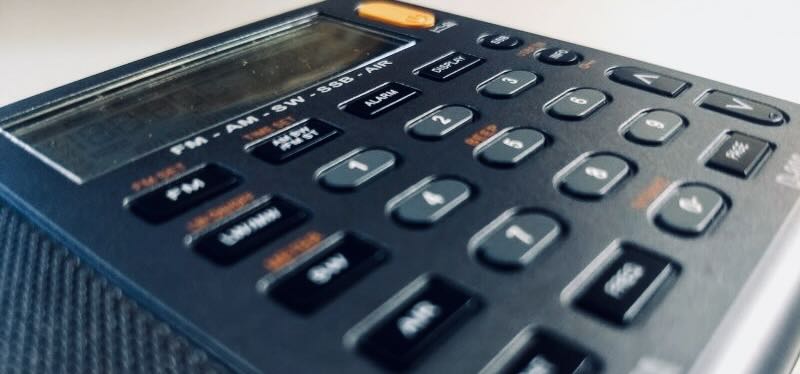 Exploring Radio Radio Nikkei
Exploring Radio Radio Nikkei
by Carlos Latuff
It’s been a while since I listened to Nikkei Radio, a Japanese commercial broadcaster that operates on shortwave for a domestic audience. If I remember well, the signal was very weak and, since I don’t speak Japanese, I didn’t know what the content of its broadcasts was about. But today, with the possibility of recording the audio, transcribing it and translating it, it has become more interesting to follow its programs on shortwave here in Brazil, more specifically in Porto Alegre (distance between Nikkei’s transmitter in Chiba, Japan, and Porto Alegre, Brazil: 18779 km).
Nikkei Radio 1 was founded in 1954 and Nikkei 2 in 1963, and at the time it was called Nihon Shortwave Broadcasting Co., better known by the acronym “NSB”. Some Japanese electronics manufacturers have in the past released receivers dedicated to receiving the signal from these stations (see below).
 Today, the Japanese company Audiocomm has radio models whose packaging states that this receiver is compatible with Nikkei Radio; note the image alluding to horse racing (see below).
Today, the Japanese company Audiocomm has radio models whose packaging states that this receiver is compatible with Nikkei Radio; note the image alluding to horse racing (see below).
 I haven’t been able to acquire any of these devices (yet), since they were basically produced for the Japanese public. But any receiver with shortwave bands can tune into Radio Nikkei. I use my good old XHDATA D-808 with a long wire antenna. In Porto Alegre, the best propagation is between 08:45 AM and 06:15 AM (UTC). In the late afternoon, the signal also arrives, but with a fair amount of static.
I haven’t been able to acquire any of these devices (yet), since they were basically produced for the Japanese public. But any receiver with shortwave bands can tune into Radio Nikkei. I use my good old XHDATA D-808 with a long wire antenna. In Porto Alegre, the best propagation is between 08:45 AM and 06:15 AM (UTC). In the late afternoon, the signal also arrives, but with a fair amount of static.
Both Radio Nikkei 1 and Radio Nikkei 2 operate on the following frequencies:
Radio Nikkei 1:
- 3.925 MHz (in case of emergency)
- 6.055 MHz
- 9.595 MHz (in case of emergency)
Radio Nikkei 2:
- 3.945 MHz (in case of emergency)
- 6.115 MHz
- 9.76 MHz: (in case of emergency)
On the station’s website https://www.radionikkei.jp/ you can find details of its programming, as well as broadcast times, including a table (in Japanese) with this information, which can be translated with the help of Google Lens.
Radio Nikkei also broadcasts its programming via streaming, however the platform used (radiko) is inaccessible to me here in Brazil (see message below).
Nikkei Radio is majority-owned by the business newspaper Nihon Keizai Shimbun and the Tokyo Stock Exchange, which means the station focuses mainly on the financial market. However, much of its programming, especially on weekends, is dedicated to horse racing, a popular sport in Japan. In addition to news, talk shows and music, the radio station also broadcasts evangelical preaching (!). One of these religious programs is called “True Salvation” and is sponsored by The Japan Gospel Mission, a Christian Protestant organization.
This heterogeneous mix of business, horses and Jesus Christ makes Nikkei Radio an interesting station to tune into, to say the least.
The radio listening sessions published here were made in the central Porto Alegre, Brazil, between January 15th and 19th, 2025.
(Domo arigato gozai masu Mr. Tagawa Shigeru for helping me with translation).
Click here to view on YouTube.
Click here to view on YouTube.
Click here to view on YouTube.
Click here to view on YouTube.
Video Short: Tuning In Radio Nikkei 1
Part of Radio Nikkei 1 program “Health Network”, in Japanese. Topic: Winter diet and health. Listened in Porto Alegre, Brazil.








